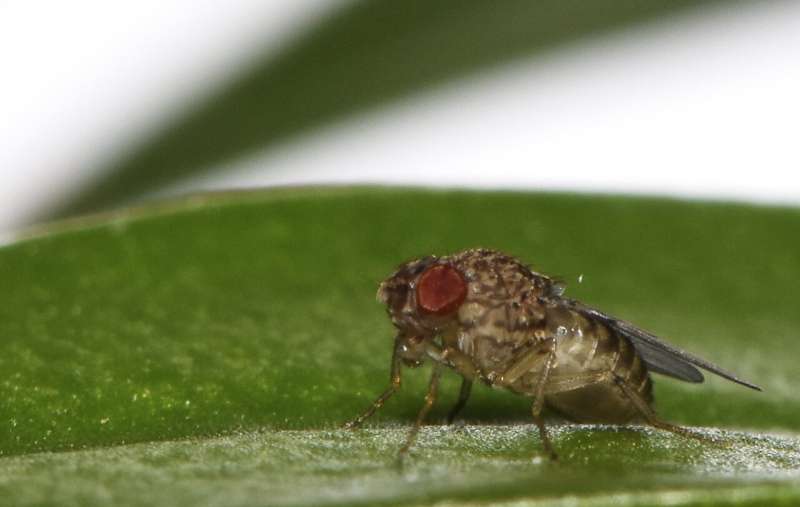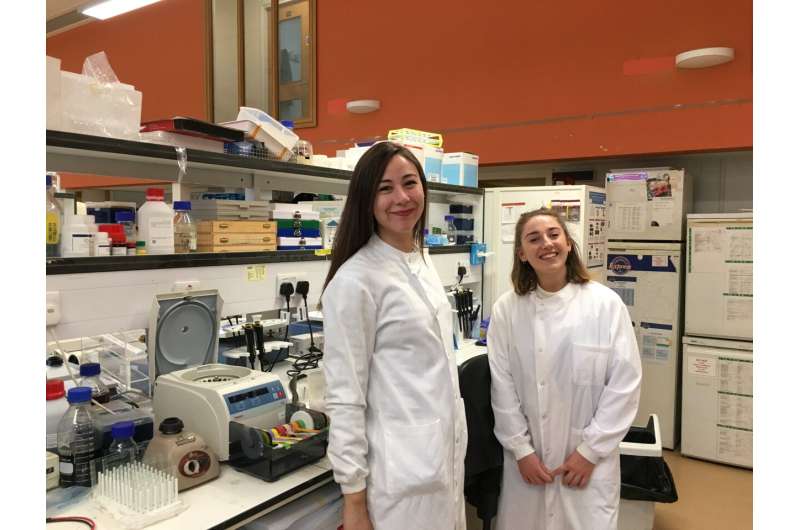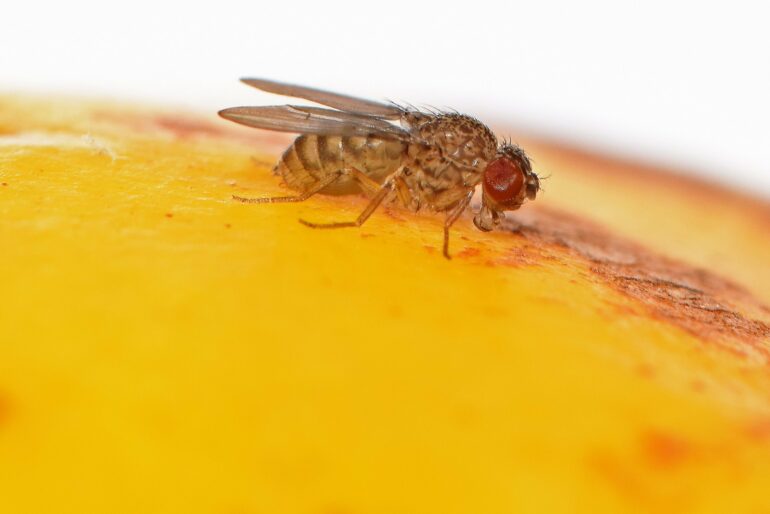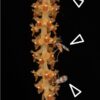For the first time, scientists have managed to induce virgin birth in an animal that usually reproduces sexually: the fruit fly Drosophila melanogaster.
Once induced in this fruit fly, this ability is passed on through the generations: The offspring can reproduce either sexually if there are males around, or by virgin birth if there aren’t.
For most animals, reproduction is sexual—it involves a female’s egg being fertilized by a male’s sperm. Virgin birth, or “parthenogenesis,” is the process by which an egg develops into an embryo without fertilization by sperm—a male is not needed.
The offspring of a virgin birth are not exact clones of their mother but are genetically very similar, and are always female.
“We’re the first to show that you can engineer virgin births to happen in an animal—it was very exciting to see a virgin fly produce an embryo able to develop to adulthood, and then repeat the process,” said Dr. Alexis Sperling, a researcher at the University of Cambridge and first author of the paper.
She added, “In our genetically manipulated flies, the females waited to find a male for half their lives—about 40 days—but then gave up and proceeded to have a virgin birth.”

One strain of this fly reproduces only through virgin birth. © Jose Casal and Peter Lawrence
In the experiments, only 1–2% of the second generation of female flies with the ability for virgin birth produced offspring, and this occurred only when there were no male flies around. When males were available, the females mated and reproduced in the normal way.
Switching to a virgin birth can be a survival strategy: A one-off generation of virgin births can help to keep the species going.
The study is published today in the journal Current Biology.
To achieve their results, researchers first sequenced the genomes of two strains of another species of fruit fly, called Drosophila mercatorum. One strain needs males to reproduce, the other reproduces only through virgin birth. The researchers identified the genes that were switched on or switched off when the flies were reproducing without fathers.
With the candidate genes for virgin birth ability identified in Drosophila mercatorum, the researchers altered what they thought were the corresponding genes in the model fruit fly, Drosophila melanogaster. It worked: Drosophila melanogaster suddenly acquired the ability for virgin birth.
The research involved over 220,000 virgin fruit flies and took six years to complete.

Dr Sperling (at left) in the lab with a student. © University of Cambridge
Key to the discovery was the fact that this work was done in Drosophila melanogaster; the researchers say it would have been incredibly difficult in any other animal. This fly has been the “model organism” for research in genetics for over 100 years and its genes are very well understood.
Sperling, who carried out this work in the Department of Genetics, has recently moved to Cambridge Crop Science Centre to work on crop pests and hopes to eventually investigate why virgin birth in insects may be becoming more common, particularly in pest species.
“If there’s continued selection pressure for virgin births in insect pests, which there seems to be, it will eventually lead to them reproducing only in this way. It could become a real problem for agriculture because females produce only females, so their ability to spread doubles,” said Sperling.
The females of some egg-laying animals—including birds, lizards and snakes, can switch naturally to give birth without males. But virgin birth in animals that normally sexually reproduce is rare, often only observed in zoo animals, and usually happens when the female has been isolated for a long time and has little hope of finding a mate.
More information:
Alexis L Sperling, A genetic basis for facultative parthenogenesis in Drosophila, Current Biology (2023). DOI: 10.1016/j.cub.2023.07.006. www.cell.com/current-biology/f … 0960-9822(23)00913-2
Provided by
University of Cambridge
Citation:
Scientists discover secret of virgin birth, and switch on the ability in female flies (2023, July 28)



